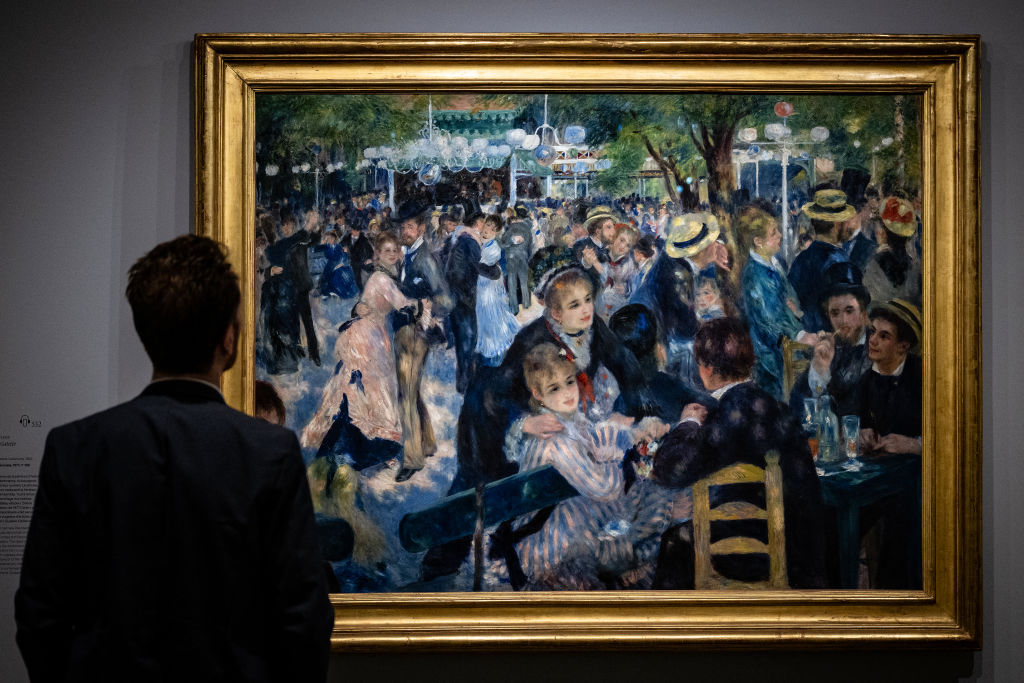Any art lover can conjure images of Impressionism, a mode of painting beloved for its lush landscapes and dazzling plays of light. But as these five texts show, the movement now celebrating its 150th anniversary was diverse in its reckoning with changing social dynamics.
After emerging in Paris in 1874, the Impressionist aesthetic spread widely, from Japan (whose own art greatly inspired the French Impressionists) to South Africa to Brazil. As this anthology of essays shows, one of the Impressionists’ discoveries was how loose and slippery appearances could be, and the same held true for their style—no one artist or nation lay claim to Impressionism, and there is no fixed definition of the movement. Reading Impressionism through an engagement with fluidity and circulation, this volume creates geographic connections and celebrates previously overlooked regions and artists.
This catalog for a groundbreaking exhibition at Columbia University and the Musée d’Orsay brought much-needed attention to Black presence in 19th-century Paris, showing how Black women in particular were active participants in artistic circles and contributed to the advent of modernity. Denise Murrell, who curated the show, writes especially about a model named Laure who appeared in paintings by Edouard Manet. (Manet never exhibited with the Impressionists but was in many ways a forerunner of the movement’s spirit of avant-garde rebellion.) Murrell acknowledges Laure’s essential humanity in contrast to exoticizing stereotypes and argues that the shift in depictions of the Black female figure was “foundational to the evolving aesthetics of modern art.”
Click here to view original web page at The Five Most Essential Books About Impressionism
Visit Bahamas Books to review books.



